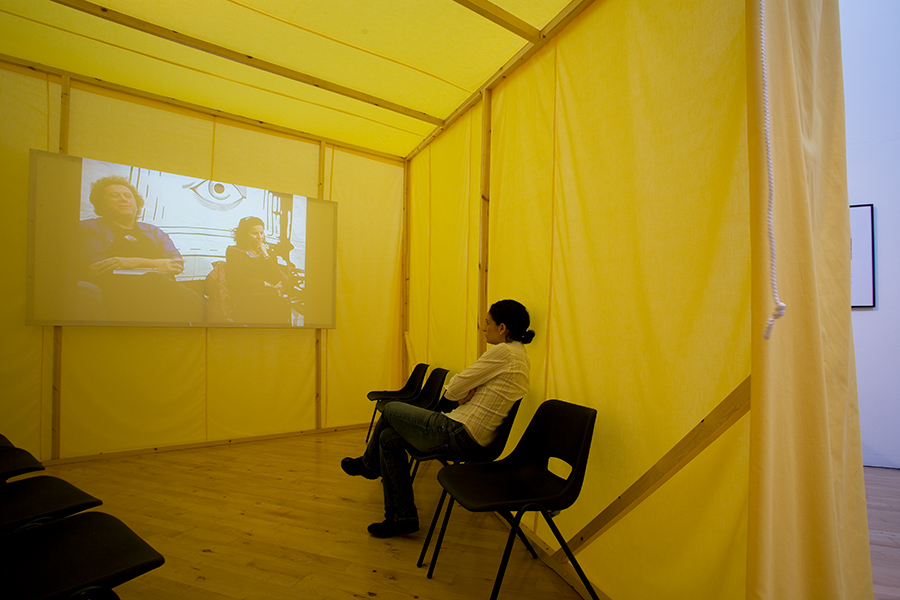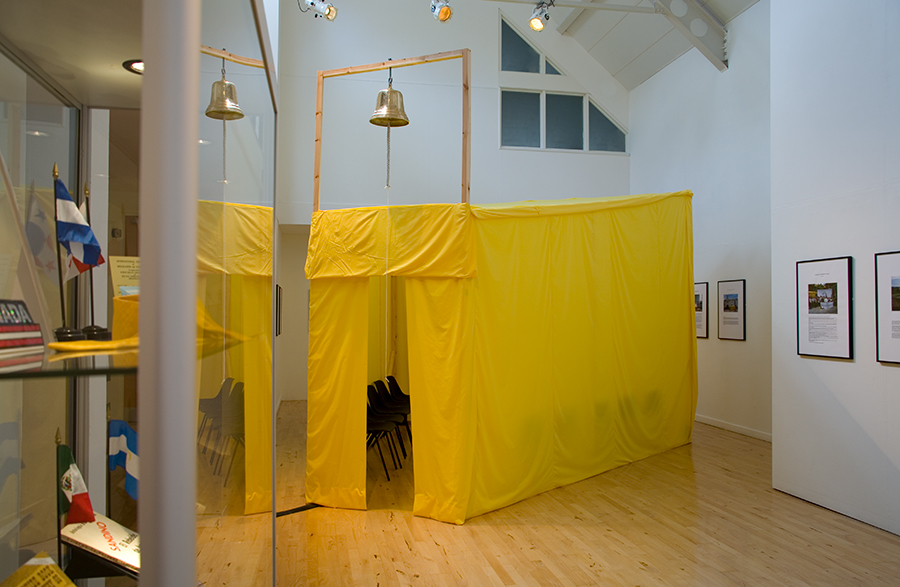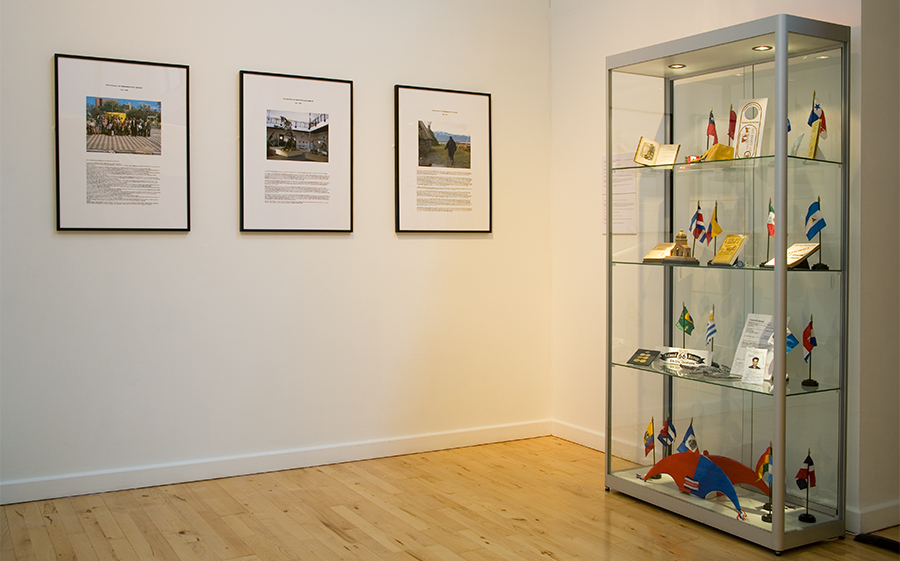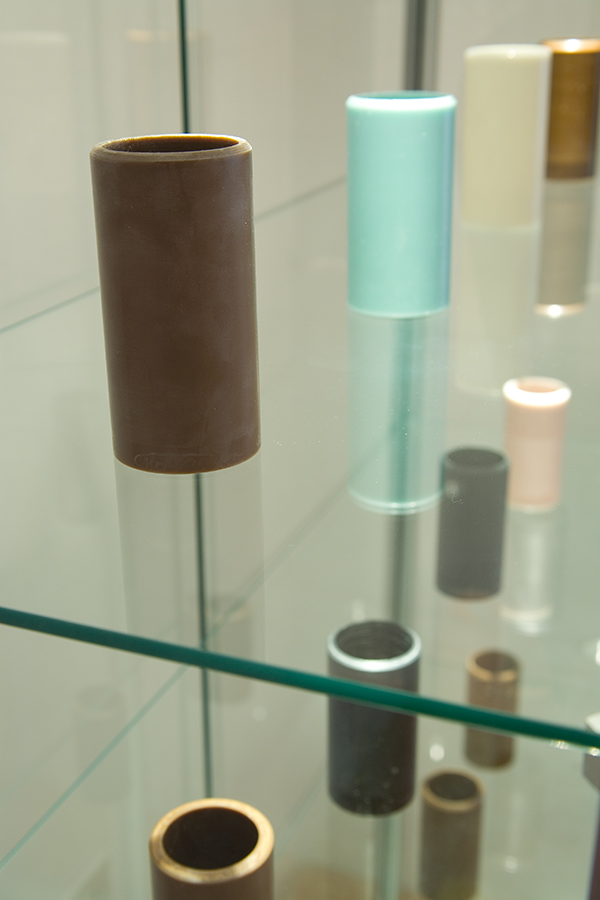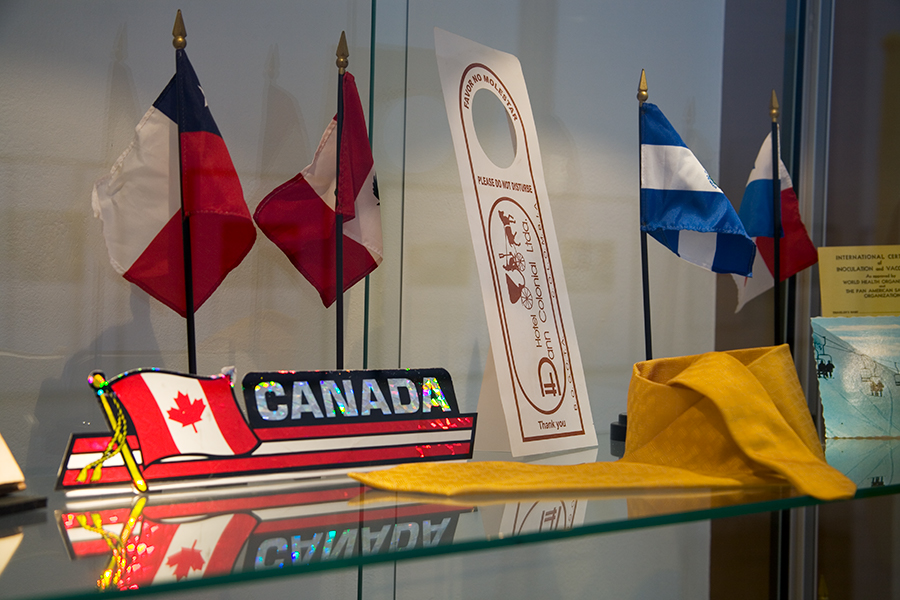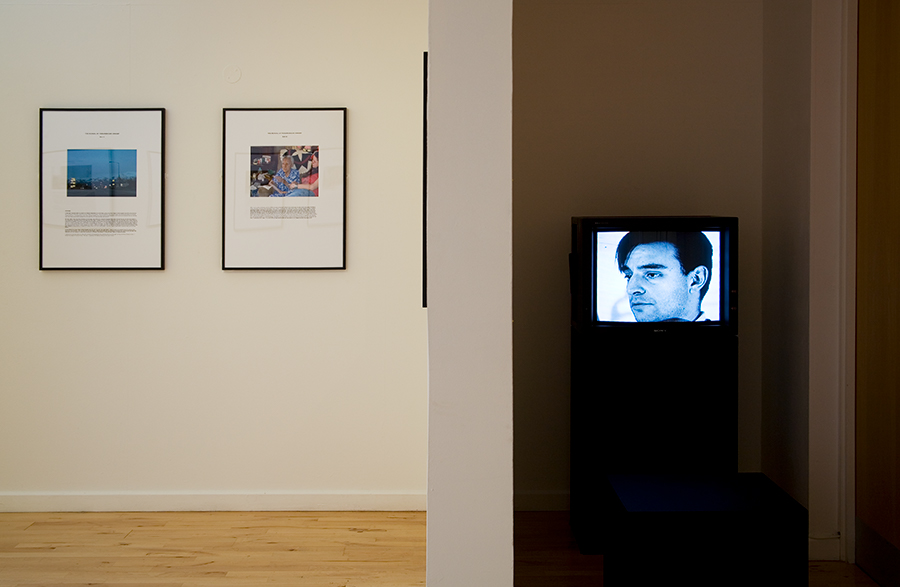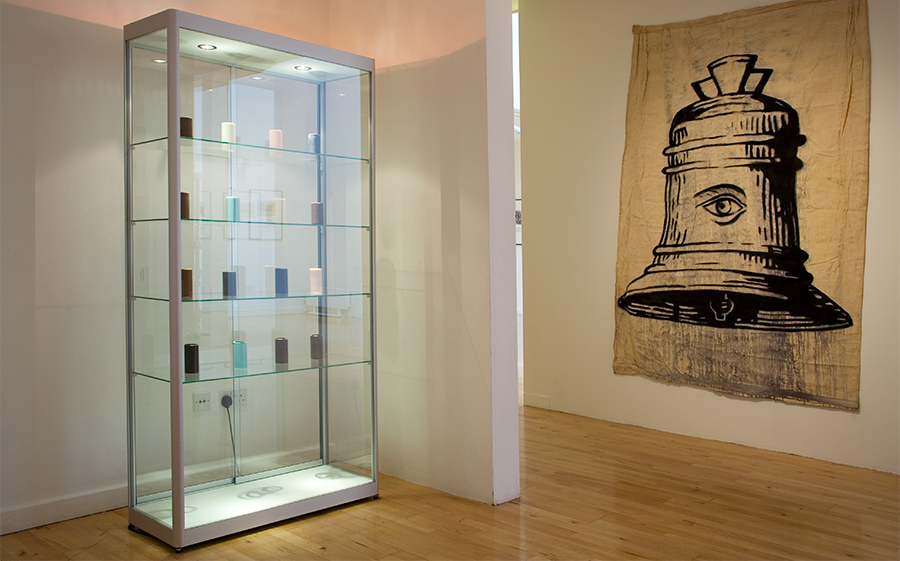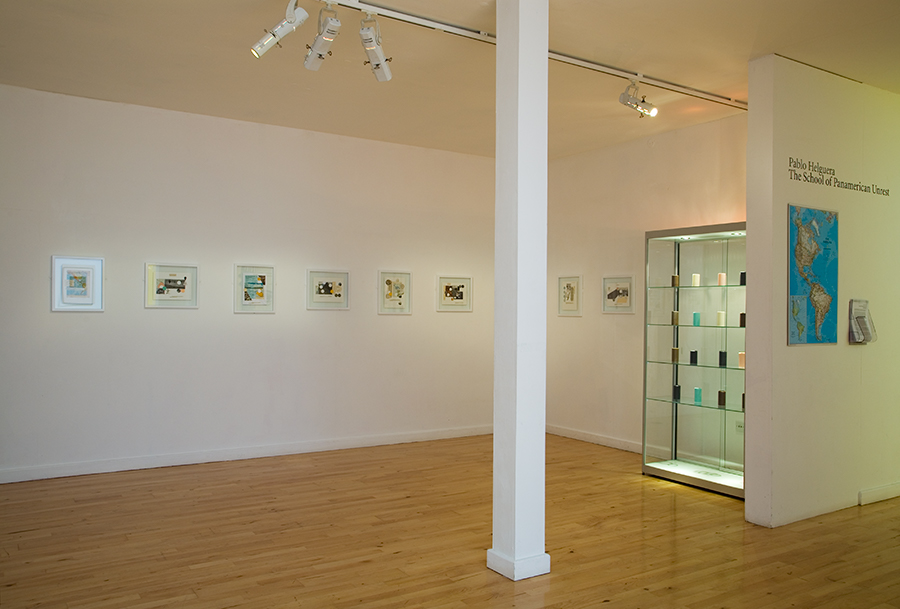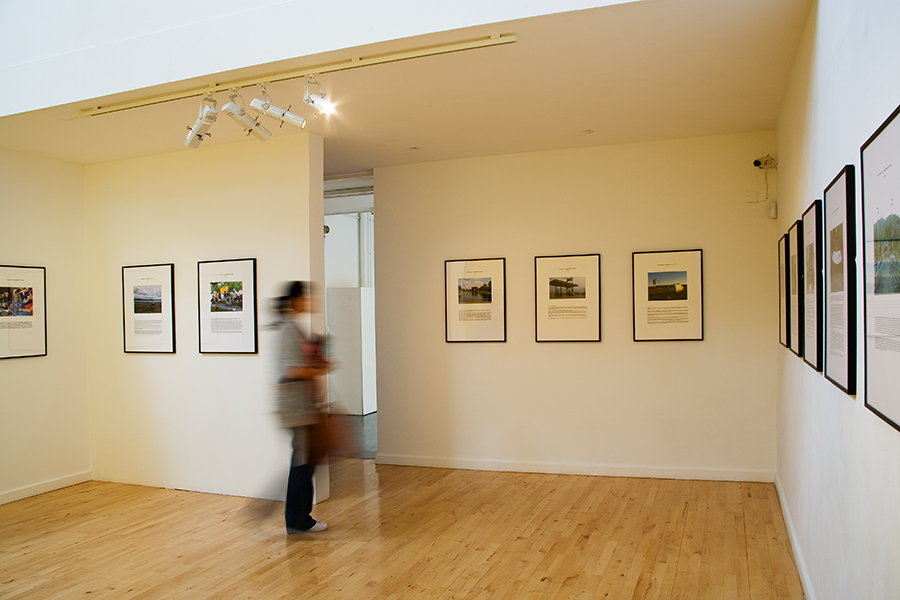The School of Panamerican Unrest is a public art project initiated by the artist Pablo Helguera in 2003, and carried out over the following years with the ambition to generate connections between the different regions of the Americas through discussions, performances, screenings and civic events.
The project’s principal component is a “nomadic forum”, or think-tank in the form of a moveable schoolhouse structure, that travelled by land from Anchorage to Tierra del Fuego. Along the way, Helguera sought to involve a wide range of audiences and engage them at different levels, offering alternative ways to understand the history, ideology, and lines of thought that have significantly impacted political, social and cultural events in the Americas. Responding to the need to support inter-regional communication amongst English, Spanish and Portuguese speaking America, the School received the logistical and intellectual support of more than 40 organisations and more than 100 affiliated artists, curators, and cultural promoters in the Americas. At nearly thirty stops along his journey, Helguera organised town-hall meetings and workshops to encourage the writing of a collective address that would articulate the current challenges faced by local communities in their respective cities and countries. The workshops took place inside or beside a collapsible tent, in the form of a schoolhouse, that would fit inside a van..
For this exhibition Helguera brought together, for the very first time, a series of documentary-based works that focused on different aspects of the journey. The Panamerican Diary is a series of 120 panels narrating a day-by-day account of each one of the 120 days of the artist’s journey, using photographs and texts based on the diary entries added every day in the artist’s blog. The Panamerican Suite is a group of 200 collage works produced after the journey was completed. Made of found images and words from used textbooks and pedagogical materials, the fragmentary and abstract statements and images seek to serve as a complementary narrative to the straightforward travelogue film and photographic documentation. Helguera also collaborated with an invited group of London residents to devise and present The Panamerican Address of the People of London, performed at the exhibition launch, accompanied by his Panamerican anthem.
Helguera has become interested in the process by which local culture is washed away, particularly through the phenomenon of dying languages. Helguera commenced and ended his epic journey interviewing the last speakers of two native American languages: Marie Smith Jones in Alaska, the last speaker of Eyak, and Cristina Calderón, in Puerto Williams, the last speaker of Yaghan. The Conservatory of Dead Languages compiles interviews and voices of languages and communities on the verge of extinction. The recordings are made on phonograph wax cylinders, the earliest recording device and, in itself, a medium in extinction.
